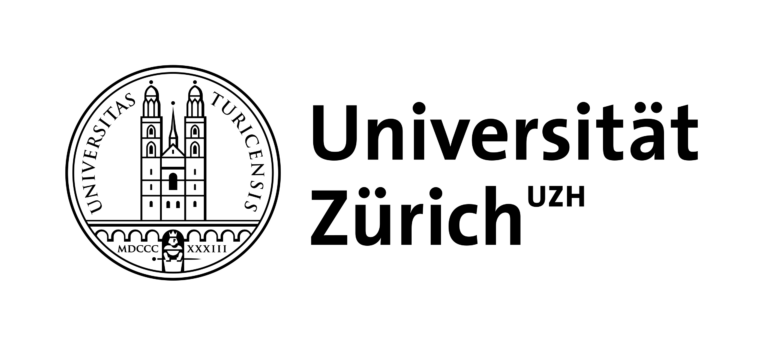Electrophysiological Biomarker Discovery and Treatment Response Prediction for Attention-deficit Hyperactivity Disorder (ADHD)
Short Summary
We propose to combine recent technological advances in human stem cell biology with cutting-edge high-density microelectrode array (HD-MEA) technology. Human induced pluripotent stem cell (iPSC)-derived neurons retain the unique genetic signatures of their donors and enable the study of complex genetic diseases, such as ADHD. HD-MEA technology provides access to network activity at high spatiotemporal resolution, ranging from subcellular compartments through individual neurons to entire networks. Combining human iPSC technology with HD-MEA recordings will provide a high-performance phenotypic screening platform, which helps to facilitate the assessment of medication, supports the development of specific and personalized treatment strategies, and accelerates drug discovery.
Goals
The concise objectives of this iDoc project include to perform a comprehensive electrophysiological characterization of functional phenotypes of human iPSC-derived neuronal cultures from patients with ADHD (stimulant responders & non-responders) and matched healthy controls and to find reliable ‘disease biomarkers’. Moreover, we will seek to identify quantitative criteria that reliably predict treatment response to guide clinical therapy and to identify potential non-responders.
Significance
By establishing hiPSC-derived cultures from ADHD patients and investigating those with HD-MEA-based electrophysiology we characterize phenotypic abnormalities of ADHD patients in comparison to matched healthy controls. Simultaneous measuring of a broad range of electrophysiological features across scales will provide important insights into the fine-tuning and details of neuronal information processing and will be of great relevance to better understand clinical phenotypes of ADHD and to develop treatment strategies.
Background
Attention-deficit hyperactivity disorder (ADHD) is among the most prevalent neurodevelopmental disorders worldwide, with up to 7% of children and 4% of adults affected. The core symptoms are persistent inattention, hyperactivity, and/or impulsivity. Beginning in childhood, these symptoms may persist in varying severity grades into adulthood.
Psychostimulants are currently the first-line treatment in childhood and adult ADHD. Despite their high efficacy, approximately 30% of children and over 50% of adults do not respond sufficiently to treatment with methylphenidate, a commonly used psychostimulant, and a substantial proportion stop treatment due to side effects, e.g., appetite loss and sleep disturbances. Yet, no predictive marker exists for the early identification of potential non-responders, which results in unnecessary drug exposure of many patients.







